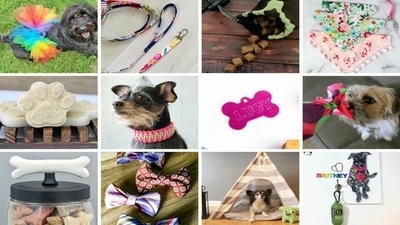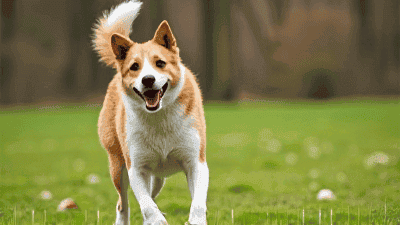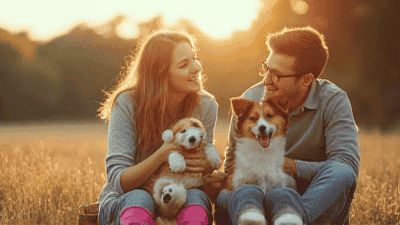How to Create a Pet-Friendly Home: Safety and Comfort Tips for All Pets
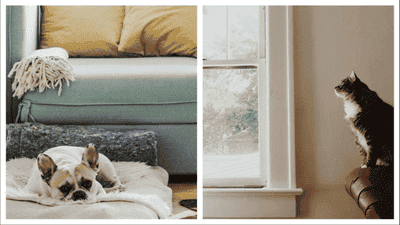
Pets are more than just animals; they’re beloved members of the family. As pet owners, it’s our responsibility to ensure their safety, comfort, and happiness in our homes. Creating a pet-friendly home involves more than just providing food and water. It requires thoughtful planning, pet-proofing, and creating an environment that meets their physical and emotional needs. Whether you’re a new pet owner or a seasoned animal lover, this guide will walk you through the steps to transform your home into a safe and welcoming space for all pets.
1. Why a Pet-Friendly Home Matters
Benefits of a Pet-Friendly Home
- Safety: Reduces the risk of accidents, injuries, or illness.
- Comfort: Provides a stress-free environment where pets can relax and thrive.
- Bonding: Strengthens the relationship between pets and their owners by creating a shared, harmonious space.
- Longevity: Promotes a healthy lifestyle that can extend your pet’s lifespan.
2. General Tips for All Pets

Secure Hazardous Items
Store cleaning supplies, medications, and chemicals out of reach. Use childproof latches on cabinets if necessary.
Remove Toxic Plants
Many common houseplants, such as lilies, aloe vera, and pothos, are toxic to pets. Research pet-safe plants or opt for artificial ones.
Keep Small Objects Away
Pets can choke on small items like buttons, coins, or children’s toys. Keep these out of their reach.
Create a Designated Pet Area
Set up a cozy space with a bed, toys, and water where your pet can retreat and feel safe.
3. Pet-Proofing Your Home
Living Room
- Furniture: Choose pet-friendly fabrics that are easy to clean and resistant to scratches.
- Cords and Wires: Use cord covers or tape to prevent chewing.
- Decorations: Avoid fragile or breakable items that could harm your pet.
Kitchen
- Trash Cans: Use lidded trash cans to prevent pets from rummaging through garbage.
- Countertops: Keep food and sharp objects off counters to avoid accidents.
- Appliance Safety: Keep appliance doors closed and unplug small devices when not in use.
Bathroom
- Toilet Lids: Keep lids closed to prevent pets from drinking toilet water.
- Medications: Store medications in a secure cabinet.
- Hair Tools: Unplug and store hair dryers, straighteners, and other tools to prevent burns or shocks.
Bedroom
- Closet Doors: Keep closet doors closed to prevent pets from chewing on shoes or clothing.
- Bedding: Wash bedding regularly to remove pet hair and allergens.
- Electronics: Secure cords and keep small items like earrings or jewelry out of reach.
4. Safety and Comfort for Dogs
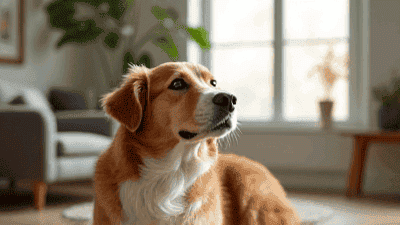
Indoor Safety
- Gates: Use baby gates to block off unsafe areas like stairs or rooms with hazards.
- Crate Training: Provide a crate for your dog to use as a safe space.
- Chew Toys: Offer durable chew toys to satisfy their natural urge to gnaw.
Outdoor Safety
- Fenced Yard: Ensure your yard is securely fenced to prevent escapes.
- Shade and Shelter: Provide shade and shelter to protect your dog from extreme weather.
- Supervision: Always supervise your dog outdoors to prevent accidents or encounters with wildlife.
Comfort Items
- Bed: Choose a comfortable, washable bed that fits your dog’s size and sleeping style.
- Toys: Rotate toys to keep your dog entertained and mentally stimulated.
- Water Station: Keep fresh water available at all times.
5. Safety and Comfort for Cats
Indoor Safety
- High Places: Install cat shelves or trees to satisfy their climbing instincts.
- Hideaways: Provide cozy hiding spots like cat caves or boxes.
- Litter Box: Place the litter box in a quiet, accessible location and clean it daily.
Outdoor Safety
- Enclosed Space: Consider a catio or enclosed outdoor space for safe exploration.
- Supervision: Never leave your cat unsupervised outdoors.
- Leash Training: Train your cat to walk on a leash if you want to take them outside.
Comfort Items
- Scratching Posts: Provide scratching posts to protect your furniture and keep your cat’s claws healthy.
- Toys: Interactive toys like feather wands or laser pointers keep cats entertained.
- Cozy Spots: Offer soft beds or blankets in sunny spots for lounging.
6. Safety and Comfort for Small Pets
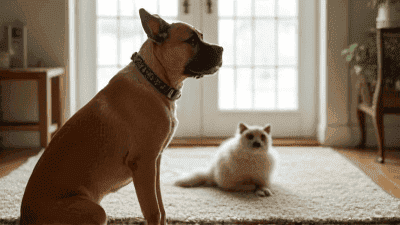
Cages and Enclosures
- Size: Choose a cage or enclosure that is spacious enough for your pet to move around comfortably.
- Bedding: Use safe, absorbent bedding and change it regularly.
- Cleanliness: Clean the cage weekly to prevent odors and bacteria buildup.
Play and Exercise
- Toys: Provide toys like tunnels, chew sticks, or exercise wheels.
- Playtime: Allow supervised playtime outside the cage for mental and physical stimulation.
Environmental Needs
- Temperature: Keep the cage in a draft-free area with a stable temperature.
- Lighting: Ensure your pet has a natural day-night cycle by placing the cage in a well-lit area.
7. Safety and Comfort for Birds
Cage Setup
- Size: Choose a cage that allows your bird to stretch its wings and fly short distances.
- Perches: Provide multiple perches of varying sizes and textures.
- Toys: Include toys like bells, mirrors, or ladders for mental stimulation.
Diet and Hydration
- Fresh Food: Offer a balanced diet of seeds, pellets, fruits, and vegetables.
- Water: Provide clean water daily and monitor for contamination.
Social Interaction
- Time Outside the Cage: Allow supervised time outside the cage for exercise and bonding.
- Companionship: Birds are social animals; consider adopting a pair if appropriate.
8. Safety and Comfort for Fish
Tank Setup
- Size: Choose an appropriately sized tank for your fish species.
- Water Quality: Maintain clean water with a filtration system and regular water changes.
- Decorations: Use safe, non-toxic decorations and plants.
Feeding
- Schedule: Feed your fish small amounts once or twice a day.
- Variety: Provide a varied diet of flakes, pellets, and live or frozen foods.
Environmental Needs
- Temperature Control: Use a heater and thermometer to maintain the correct water temperature.
- Lighting: Provide a natural light cycle with a tank light.
9. Creating a Pet-Friendly Routine
Feeding Schedule
Establish consistent feeding times and portion sizes to maintain your pet’s health.
Exercise and Play
Incorporate daily exercise and playtime to keep your pet active and engaged.
Grooming
Regular grooming, such as brushing, bathing, and nail trimming, keeps your pet clean and comfortable.
Veterinary Care
Schedule regular vet checkups to monitor your pet’s health and address any concerns.
10. Long-Term Benefits of a Pet-Friendly Home
Healthier Pets
A safe and comfortable environment reduces stress and promotes overall well-being.
Stronger Bonds
A pet-friendly home fosters trust and strengthens the bond between pets and their owners.
Peace of Mind
Knowing your home is safe and comfortable for your pet allows you to relax and enjoy their companionship.
Conclusion
Creating a pet-friendly home is an investment in your pet’s safety, comfort, and happiness. By pet-proofing your space, providing essential care, and meeting their unique needs, you can ensure your pet thrives in their environment. Whether you have a dog, cat, small pet, bird, or fish, these tips will help you create a home that is welcoming and safe for all pets. Remember, a pet-friendly home isn’t just better for your pet—it’s better for you, too.

